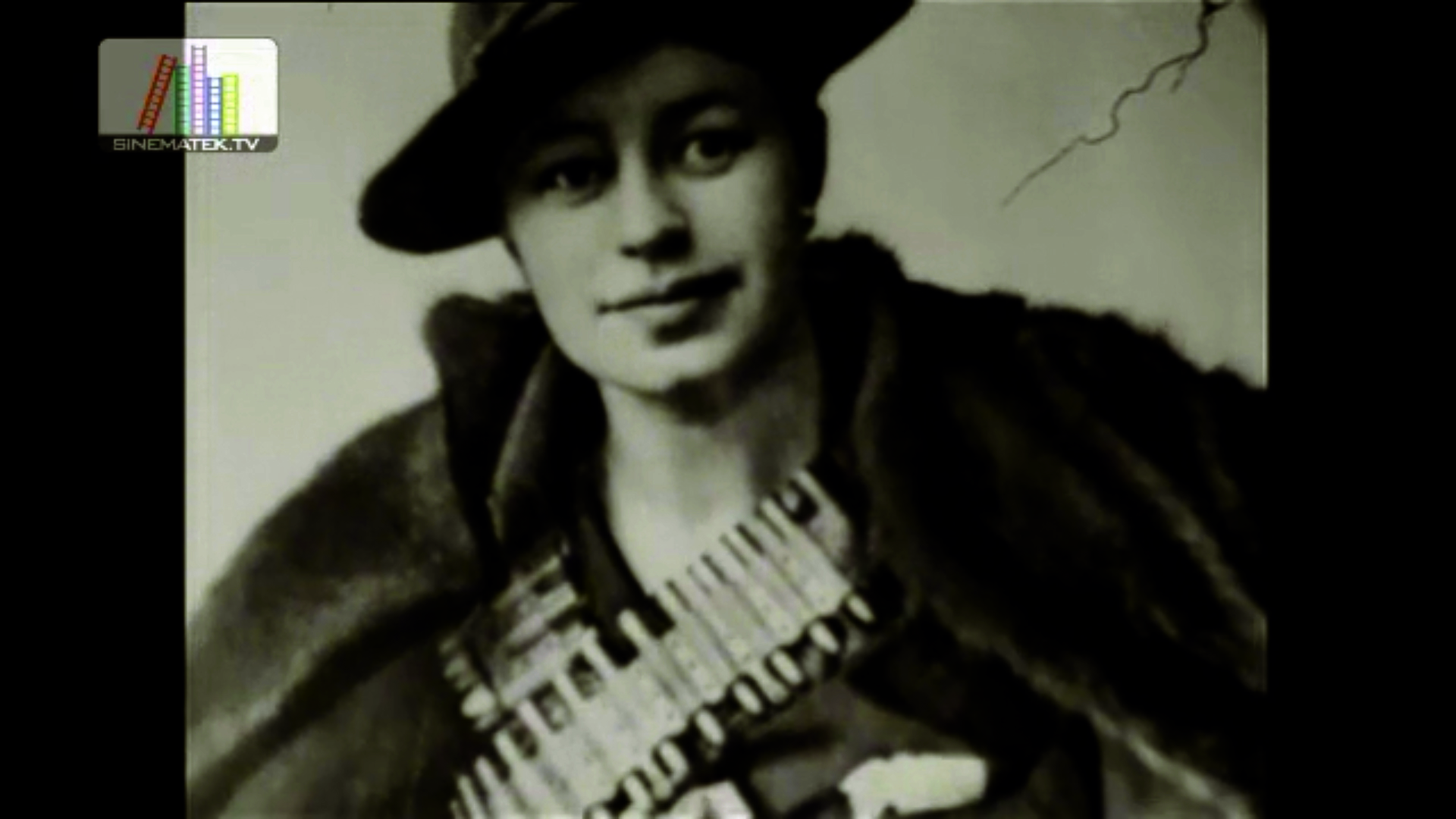
sinematek.tv
Turkey
Turkish
12 minutes 50 seconds
16mm
B&W
Optical
“‘Ben Milyonlarca emekçiden birisiyim barışçıyım ve devrimciyim’ diye başlıyor 12 dakikalık film. Mehmet Özgentürk seslendirmiş. Finlandiyadaki iç savaş ve devrimciler hakkında bilmediğiniz birçok şeyi içinde Enternasyonalin de olduğu Fince marşlar eşliğinde anlatıyor. 1956 yılında gerçekleştirilen 3 hafta süren büyük grevden başlayarak Finlandiya’daki mücadeleyi Nazım şiiri eşliğinde izleyeceksiniz.” Sinematek.tv: http://sinematek.tv/baris-kavgasi/ (30 October 2019).
“The film begins with the sentence, ‘I am one of the millions of workers; I am a pacifist and revolutionist.’ It was narrated by Mehmet Özgentürk. It tells the unknown story of Civil War in Finland and that of Finn revolutionists, synchronized with the local marches. You will watch the Finn revolutionary struggle—since the Great Strike of 1956, lasted 3 weeks—which is accompanied by a Nazım [Hikmet] poem.” Sinematek.tv: http://sinematek.tv/baris-kavgasi/ (30 October 2019).
Kameraarkasi.org: http://www.kameraarkasi.org/yonetmenler/muammerozer.html (30 October 2019).
Iff.org: http://www.iff.org.tr/362-2015-yili-festival-filmleri.html# (30 October 2019).
Nazım Hikmet (Ran) (1902-1953), whose poem narrated—“Güneşi İçenlerin Türküsü” (1924)—accompanies the visual aesthetics of this docufiction, is one of the most important figures of the 20th-century Turkish literature. Many of his works have been translated into other languages, including English. In the honor of the poet, UNESCO declared 2002 the year of Nazım Hikmet.
“The son of an Ottoman government official, Nazım Hikmet grew up in Anatolia; after briefly attending the Turkish naval academy, he studied economics and political science at the University of Moscow. Returning home as a Marxist in 1924 after the advent of the new Turkish Republic, he began to work for a number of journals and started Communist propaganda activities. In 1951 he left Turkey forever after serving a lengthy jail sentence for his radical and subversive activities. From then on he lived in the Soviet Union and eastern Europe, where he continued to work for the ideals of world Communism. His mastery of language and introduction of free verse and a wide range of poetic themes strongly influenced Turkish literature in the late 1930s. After early recognition with his patriotic poems in syllabic meter, in Moscow, he came under the influence of the Russian Futurists, and by abandoning traditional poetic forms, indulging in exaggerated imagery, and using unexpected associations, he attempted to “depoetize” poetry. Later his style became quieter, and he published Şeyh Bedreddin destanı (1936; “The Epic of Shaykh Bedreddin”), about a 15th-century revolutionary religious leader in Anatolia; and Memleketimden İnsan Manzaraları (“Portraits of People from My Land”), a 20,000-line epic. Although previously censored, after his death in 1963 all his works were published and widely read, and he became a poet of the people and a revolutionary hero of the Turkish left. Many of his works have been translated into English, including Selected Poems (1967), The Moscow Symphony (1970), The Day Before Tomorrow (1972), and Things I Didn’t Know I Loved (1975). Nazım Hikmet is also known for his plays, which are written in vigorous prose and are also mainly Marxist inspired.” Britannica.com: https://www.britannica.com/biography/Nazim-Hikmet (30 October 2019).
Özer’s film uses a number of historical caricature drawings, photographs, video clips and sound from mid-century Finland to depict the left-wing struggle, workers’ strikes, and the counter-political movement(s) in Finland.